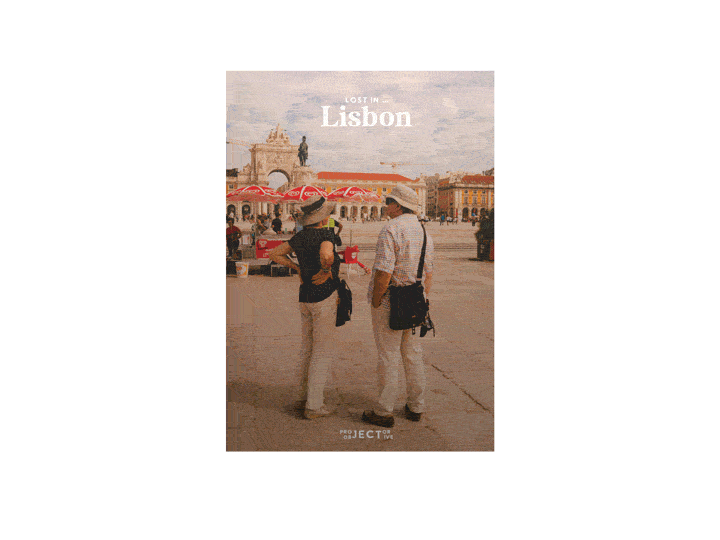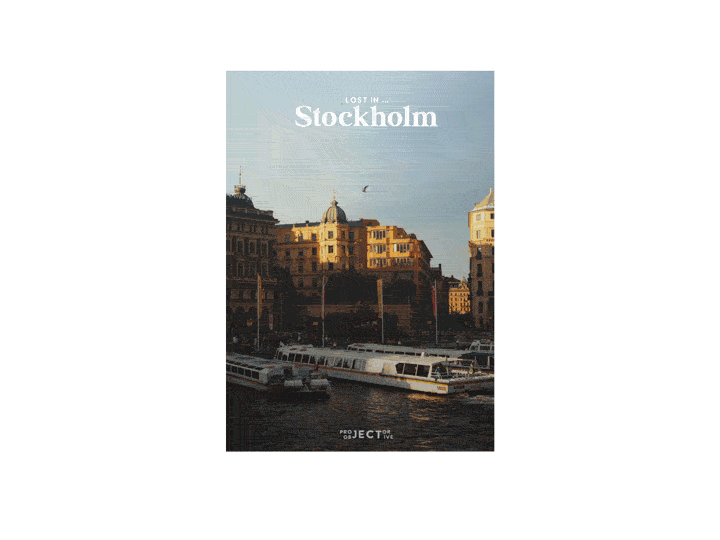The Mamiya C3 Review
*Apologies for the "Lockdown" haircut! It's the only self portrait I took with the camera!
Here we go again!
Last year I sold the majority of my camera collection to help fund a trip to Australia, but then that never happened for obvious reasons. So while I’m still in the UK and have a ton of 120 film leftover. I had been on the lookout for an affordable medium format camera to use up the rest of my stock.
Originally I was looking at rangefinders such as the original Mamiya Six or one of the classic Zeiss Ikon series. The majority of which were in Japan or well out of my price range. Defeated, I put my search on the back burner for a while, until I stumbled across a Rolleiflex Automat K2B2 for sale at a ridiculous price, unfortunately, I think the seller noticed the incorrect pricing shortly after contacting him in regards to the condition of the camera. It’s been a few weeks and I still haven’t had a reply! But I digress, it reminded me of the time I owned the original Yashica Mat a few years ago, a camera I enjoyed but only owned for a short amount of time before purchasing the 645 Pro TL. To see the video I made on that camera click here! I knew I couldn’t afford a Yashica Mat 124g and the original is getting harder to find so I started looking at what seems to be my favourite medium format camera manufacturer, Mamiya's range of TLRs.
The MamiyaFlex (or C Series of Mamiya)
For the people who have been subscribed to my YouTube channel for a while, they will remember that back in my RB67 video I mentioned Mamiya's C series of cameras. The Mamiyaflex line up first debuted in the 1940s with fixed lenses. In the 1950s the Mamiya Model A and B were introduced with slight improvements but still with fixed lenses. The 40s and 50s were the age of the TLR but a change was on the horizon.
The Mamiya C3
Before I start rattling off the facts I will recommend you go and check out David Hancock’s video linked below if you are after a more in-depth look at the camera and the usability. I’ve put links down at the bottom of the page linking to both parts.
1956 the Mamiya C is introduced and breaks the conventions of TLRs of the time by introducing an interchangeable lens system and a double extension bellows system that allows close focus. Only one other TLR was created with interchangeable lenses and that was the Koni- Omegaflex M introduced in 1967.
The Mamiya C3 is the third camera in the C series, first introduced in 1962 the year John Glenn orbits the Earth, Love me do is released by the Beatles, Dr No is in cinemas, Nelson Mandela is arrested, Marilyn Monroe dies and the world comes close to a nuclear war with the Cuban missile crisis. Although the C3 is the third camera in the series it did not replace the C2 but sold alongside as the “professional” model. The best way I can describe the split in the line up is to compare the C3 series to the Rolleiflex series and the C2 series to the Rolleicords. The differences were mainly to do with the film advance, the C2 series had a film advance knob whereas the C3 series replaced this with a crank similar to a Rolleiflex.
Lenses
The C series ran from 1956 to 1994, this was one of the longest-running lens systems predating the Nikon F mount, the current longest-running lens system. The fact the mount is the same means that you can mount an 8cm 2.8 chrome lens on your Mamiya C330s. The only compatibility issue you might find is that the auto shutter cocking on later models such as the C33 and C330 would not engage as the cocking lever is in a different location on older lenses.
There were three series of lenses, the earlier chrome were marked with Seikosha-MX the later chrome lenses were marked as Seikosha-S and dropped the cm focal length measurement. The later black lenses were all marked as Seiko apart from the 80mm which used a copal shutter, this was probably used to accommodate the 2.8 aperture.
I have the second chrome 105mm lens which is 60mm a 35mm equivalent. Whilst the aperture is 2/3rds of a stop slower than the 80mms 2.8 aperture 3.5 is considered reasonably bright in the world of medium format and besides this lens still renders out of focus areas beautifully. My lens is contrasty and sharp. Overall I’m very happy with my lens.
If I look at expanding my lens collection in the future it's only logical to only purchase two other lenses as the majority of the lenses are fairly similar in focal length, firstly I would look at something longer. The only choices are 135mm, 180mm or 250mm. 135mm I feel might be too similar to 105 so I would pass on that one, the 250, on the other hand, seems too long which leaves the 180 which looks to be an ideal portrait lens.
If I was to look at going wider I have the option of the 80mm, which is too similar to the 105 in my opinion, the 65 and 55mm lenses. These lenses relate to a 37mm and a 31mm in old money as it were which would give me a good range but heed this warning every C series owner knows. Be careful when purchasing either the 65 or 55mm online as both lenses are prone to haze and fog.
The Camera
The only notable thing worth mentioning about the body of the camera is that it houses the bellows that are used to focus and the oddity that the camera allows for the back to be removed to shoot medium format sheet film. Other than those two things the camera is very similar to the RB and RZ series in regards to the lens information being displayed on the side of the camera and the fact the body does not contain a shutter as the shutter resides in the lenses. Other aspects worth mentioning is that it features a “straight” loading system meaning the film does not load on the underside, unlike other TLRs. Mamiya dropped a leatherette finish on the C3 for an M texture finish, the leatherette returned seven years later on the C330. The C3 and C33 are also the only two in the series to have this chrome finish the rest of the C series were black.
Operation
The camera operates fairly similar to a large-format camera. The lens is on a board you secure to the front of a camera with a clip. Focus is achieved by moving the bellows back and forth and you check focus using the ground glass and built-in magnifier. The only real difference is that large format cameras use film holders that can be removed when changing lenses. So this poses the question: how do you change lenses without ruining your film in the camera? Those of you familiar with the Mamiya 6 and 7 rangefinder will already know the answer to this as this camera uses the same sort of protection by blocking the film from the opening where the lens sits.
I only have one criticism with the camera which is that when the bellows are extended you have to stretch your hand a fair distance to activate the shutter. A shutter button next to the sticker letting everyone around you that you are a “pro tog” would feel much more comfortable. Thankfully Mamiya added an additional shutter button on later models.
Conclusion
Originally I was looking for a C330, I only stumbled across this C3 by accident and I’m glad I did. There is a lot of hype about the later models of Mamiya cameras such as the RZ67 and Mamiya 7. Whilst you’d buy those cameras for a specific reason, such as the 110mm 2.8 and the fact the 7 is a 6x7 rangefinder, the C330 in my opinion shouldn’t demand the same inflated price tag. Whilst yes the C330 has an automatic shutter cocking feature and an improved parallax correction feature I honestly believe that this isn’t worth the 300-pound difference you see these cameras go for in comparison to my C3.
The C3 is a forgotten gem. At the time of writing this review, there are only a handful of reviews for this camera online, it's quite disappointing. My main aim with this blog is to put the C3 in the spotlight. When asked what camera I would recommend to someone who wanted to get into medium format I would typically recommend something like a Yashica D, Mamiya 645 or even something simple like a Zeiss Ikon Nettar. I think I could start advising people to look at the earlier C series cameras, they do not get the love they deserve and because of that, they have a really attractive price. On eBay at the time of writing this review, there are Nikon F3s selling for more money than what I paid for my Mamiya.
I aim to keep these articles free!
That said it does cost money to host this website. For your consideration I will advertise my own products below that will go towards keeping this website up and running for the foreseeable future.















